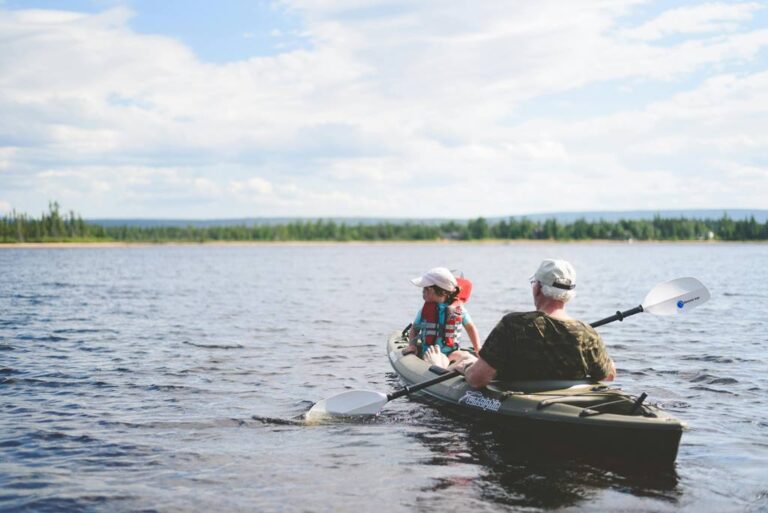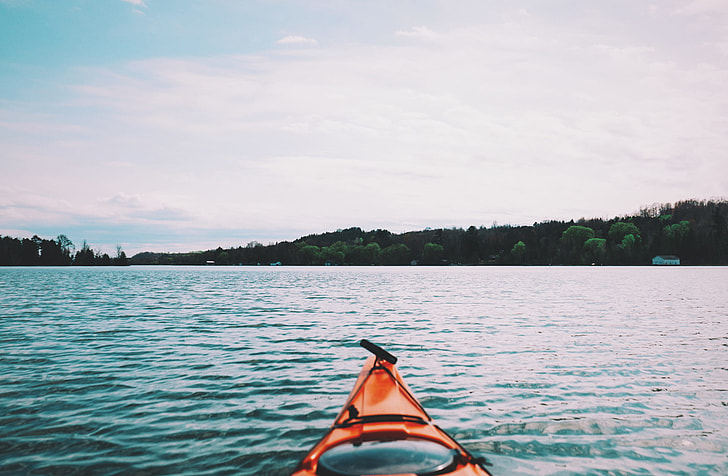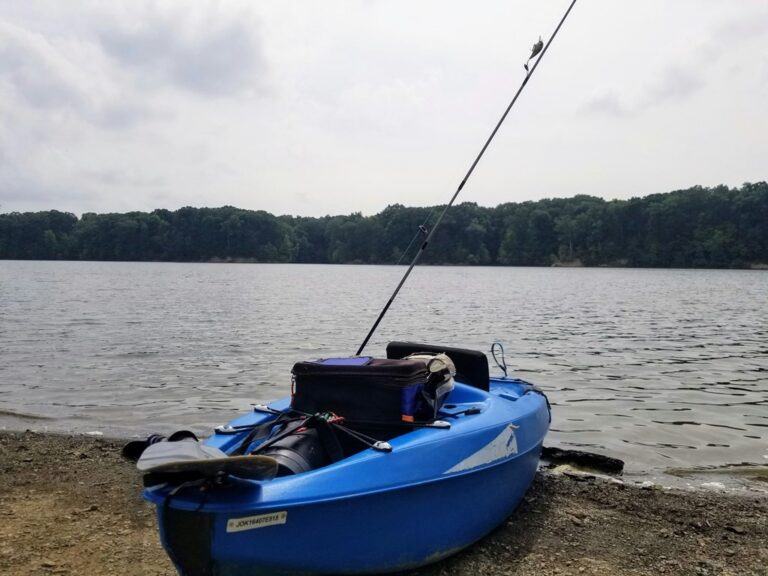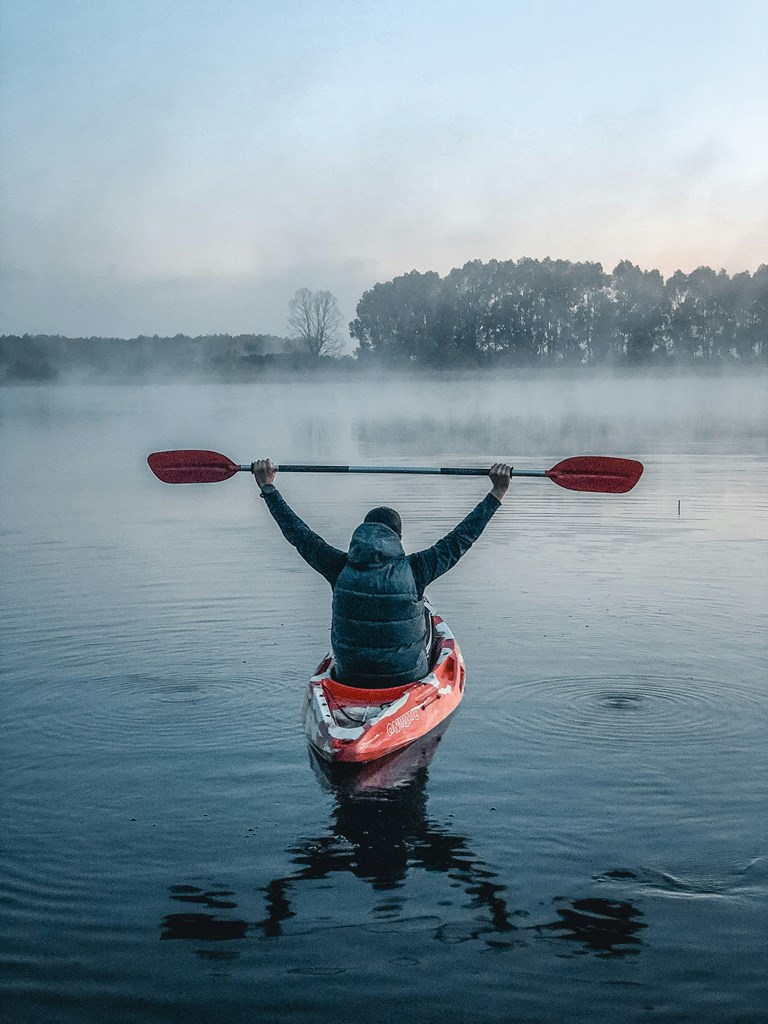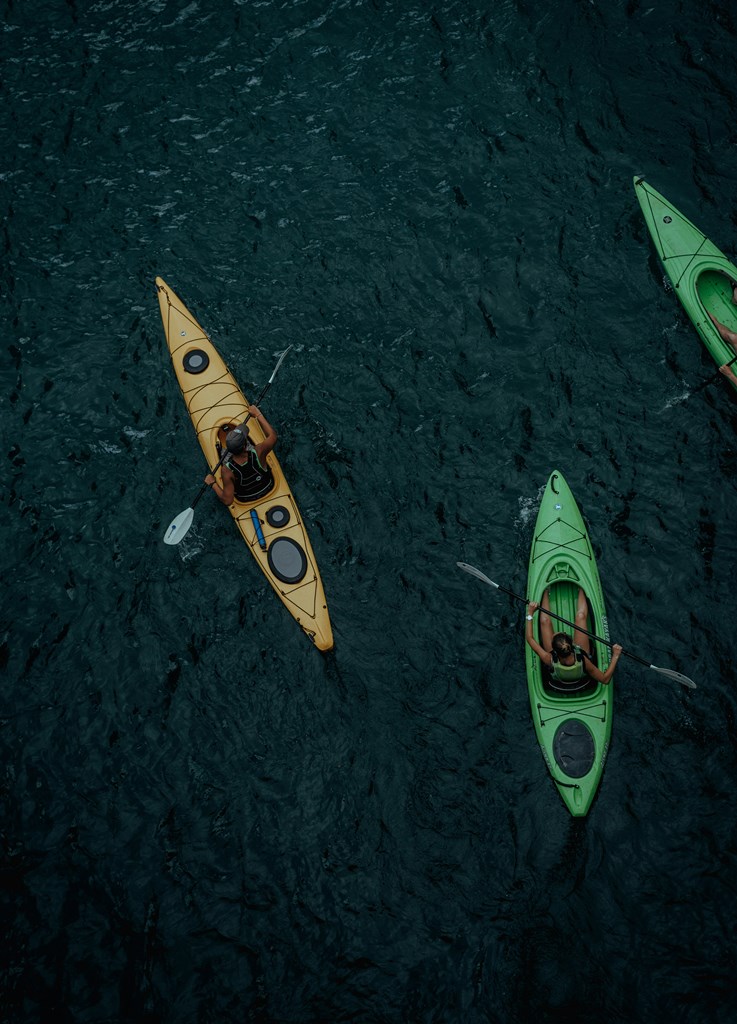
Welcome to the world of paddling adventures! Whether you’re a seasoned kayaker or a canoeing newbie, Your Ultimate Paddling Route Guide is here to help you navigate the exciting world of waterway selection. Crafting the perfect paddling route is the cornerstone of any successful trip. Your chosen path will set the stage for the entire experience, dictating the level of challenge you encounter, the scenic wonders you discover, and the unforgettable wilderness moments you create. But with countless waterways beckoning, how do you pick the ideal route? This guide will equip you with the essentials for selecting the perfect paddling adventure, ensuring a safe, enjoyable, and truly unforgettable journey. Let’s dive in and explore the key considerations for choosing the best paddling route for you and your crew!
Table of Contents
Begin with an Optimal Paddling Route Distance
So you’ve assembled your paddling crew and assessed everyone’s comfort level. Now comes the exciting part: charting your course! Waterway selection is the foundation of any successful paddle trip, influencing everything from the tranquillity of scenic water trails to the thrilling challenges of adventure kayaking routes.
But before diving headfirst into epic wilderness exploration, paddle trip planning requires careful consideration of distance. This all starts with a realistic assessment of your available time. Factor in the total number of days you can dedicate to the trip and the travel distance to your chosen put-in point. Don’t be overly ambitious – remember, you want a safe and enjoyable journey, not a gruelling race against the clock.
A Rough Approximation
While the scenery beckons you forward, estimating your daily paddling mileage can feel like navigating rapids – unpredictable and thrilling! Several factors come into play, influencing how swiftly your group glides across the water:
- Water Conditions: A calm lake offers a different pace than a fast-flowing river. Flat water allows for smoother paddling, while currents can either propel you or create a challenge.
- Paddler Proficiency: A seasoned crew will naturally move faster than beginners still mastering their strokes.
- Weather Warriors: Wind, waves, and even sunshine can influence your speed. Headwinds create resistance, while a tailwind can be a helpful boost.
- The Boat Brigade: Different kayaks and canoes have varying paddling efficiencies. Consider the design and capabilities of your chosen vessels.
- Trip Duration: A longer paddling adventure may necessitate shorter daily distances to avoid exhaustion.
Remember, novice paddlers often underestimate the physical demands of the sport. Avoid the pitfall of overly ambitious plans! Start with a conservative approach. In ideal conditions on flat water, aim for 2-3 miles per day for beginners. Following a current or with a tailwind might allow for slightly more, while challenging conditions may require a significant reduction.
Here’s a pro tip: track your progress on your initial paddling trips. This valuable data will help you refine your distance estimates for future adventures, ensuring a pace that matches your group’s skill and stamina. The key is to find a balance between enjoying the journey and reaching your destination – after all, paddling should be an adventure, not an endurance test!
Remember to Include the Enjoyable Activities!
While the rhythmic strokes may be mesmerizing, remember – there’s more to a paddling adventure than just paddling all day! When estimating daily distances, factor in generous time for rest, exploration, and soaking up the scenery. Imagine serendipitous detours to hidden coves, leisurely picnics on sunny banks, or the thrill of spotting wildlife. These off-the-water moments are what truly enrich your paddling experience.
Life (and paddling) throws curveballs, so be prepared for the unexpected. Account for potential delays caused by bad weather, equipment malfunctions, or even minor injuries. Building buffer time into your daily mileage ensures you have the flexibility to handle these hiccups without derailing your entire trip.
Now, let’s address the elephant in the flotilla – your group’s speed is dictated by its slowest member. Here are some tips to optimize your cruising pace while fostering a sense of camaraderie:
- Buddy Up: Pair less experienced paddlers with seasoned vets who can offer guidance and support.
- Strength in Numbers: Team stronger paddlers with those who might require a little more assistance. This creates a balanced unit that moves efficiently.
- Shake Up the Scenery (and Seats): Rotate paddling assignments throughout the day. Fresh conversation and a change of scenery can boost morale and keep everyone engaged.
- Prioritize Rest: Think of paddling like a marathon, not a sprint. Taking regular breaks allows your body to recuperate, ultimately leading to a smoother and faster overall pace in the long run.
Exploring Paddling Routes
The thrill of paddling awaits, but before you launch into your adventure, take some time to scout your ideal route. Here’s a breakdown of key features to consider for a safe, enjoyable, and unforgettable journey:
- Navigating Nature’s Challenges: Be aware of natural hazards like rapids, long stretches of open water, or tricky land formations. While some routes might incorporate these features for experienced paddlers, beginners should prioritize calmer waters. Ensure everyone in your group is comfortable with the chosen level of difficulty.
- Man-Made Maneuvers: Keep an eye out for obstacles like dams, low bridges, or restricted areas like wildlife refuges or private property. Carefully evaluate these during planning to ensure your group can navigate or safely bypass them.
- Landing & Launching with Ease: Prioritize routes with easily accessible launch and landing points. These areas should be readily reachable from both land and water, and ideally spaced throughout the route for convenient rest stops or shelter in case of changing weather conditions.
- Adventure Beyond the Paddle: The journey isn’t just about paddling! Look for routes with enticing side trips like hiking trails, hidden beaches, or breathtaking viewpoints. These non-paddling activities can add unforgettable experiences to your trip.
- Camp Comforts: Established campsites offer a convenient and responsible camping solution. Plan your route to utilize these designated areas whenever possible, especially in popular paddling destinations where they might be mandatory. If campsites are scarce, ensure your chosen route has safe and accessible locations for setting up camp with minimal impact on the environment.
- Portage Pathways: Portage routes are lifesavers when you encounter challenging stretches of water or need to transition between waterways. They’re commonly found on rivers, lakes, and even coastal routes. While experienced paddlers might relish a challenging portage, beginners should prioritize routes with minimal or well-maintained portages. For longer or more technical portages, consult experienced paddlers or local land managers to ensure proper markings and maintenance.
- Distance from Civilization: Consider your skill level and self-sufficiency when choosing how remote your paddling route will be. For beginners, sticking closer to populated areas ensures easier access to assistance if needed. As your experience grows, you can venture further afield and explore the tranquillity of more remote locations.
The Paddling Plan
With your ideal paddling route locked in, it’s time to prioritize safety by creating a detailed paddling plan. Think of it as a roadmap for peace of mind – a written record outlining your paddling adventure for someone reliable back on land. Here’s who might be the best recipient, depending on your chosen location:
- Trusted Friend or Family Member: Often the most accessible option, a responsible friend or family member can serve as your onshore contact.
- Park Ranger or Local Authority: In wilderness areas, park rangers or local authorities familiar with the chosen waterway might be ideal recipients.
- Coast Guard (if applicable): For longer or more remote coastal journeys, consider filing a float plan with the Coast Guard.
What to Include in Your Float Plan:
- Departure Time: Note your planned launch time from the put-in point.
- Travel Route: Clearly outline your intended paddling path, including landmarks or reference points.
- Planned Stops: Detail all planned rest stops and alternative landing areas you might utilize along the way.
- Destination and Arrival Time: Specify your final take-out point and estimated arrival time.
Communication is Key:
- Post-Trip Contact: Establish a clear plan to contact the person holding your float plan as soon as you complete your paddling adventure.
- Delayed Return Protocol: Authorize your contact person to initiate a search with the appropriate authorities if they haven’t heard from you within a designated timeframe.
Conclusion
In conclusion, with a well-researched route, a detailed float plan, and a dash of common sense, you’re well on your way to a fantastic paddling adventure! Remember, the key is to find the perfect balance between planning and exploration, ensuring a safe and unforgettable journey for you and your paddling crew. So grab your paddles, embrace the thrill of the water, and get ready to create lasting memories on your next paddling escapade!



